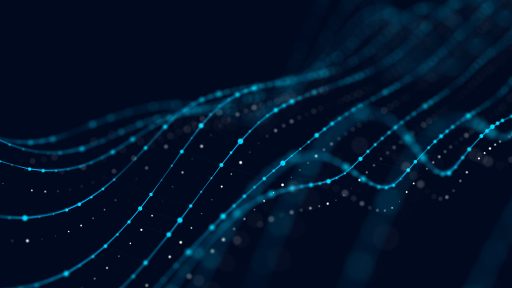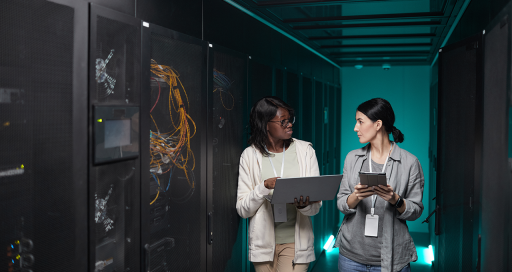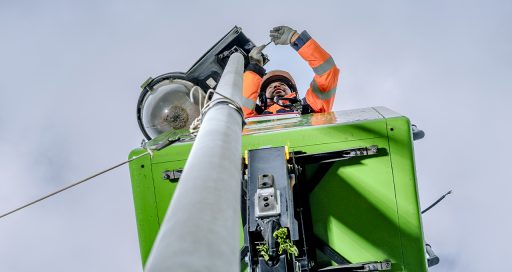Information technology’s evolution toward “Everything as a Service” is leading the way towards a more sustainable, lower-carbon economy by offering its users increased economic value and less usage of raw materials.

SaaS, PaaS, IaaS, DaaS, etc. A plethora of terms now gradually merging into a single overarching abbreviation: XaaS. But this market trend conceals a true revolution in the IT universe, and cloud computing in particular. The XaaS or “Everything as a Service” model offers customers the opportunity of adopting IT solutions (software, infrastructure, platforms, databases, workstations, etc.) made available via the internet and entirely managed by the provider in a fee-for-service subscription.
This subscription model helps to remove barriers, especially financial ones, and provides a qualified workforce to manage the solution throughout its life cycle. In most EMEA-region countries today XaaS is already representing 40% of customer IT budgets.
By replacing a purchase-based model with one based on consumption, XaaS offers its users a range of benefits. Greater flexibility, for one. “Customers can begin testing solutions in line with their needs before deciding to deploy them across their organisation”, explains Troy de Backer, Global Transformation Lead at Axians, the VINCI Energies ICT brand.
“XaaS offers more flexibility, greater scalability and the means to reduce costs due to the economies of scale created”
XaaS also offers “greater scalability, by resizing IT solutions to match actual demand. As demand increases or decreases, customers can adapt their consumption accordingly.” A third benefit is a reduction in costs “due to the economies of scale and earlier mentioned scalability generated by this model.
Sustainable impact by reducing the usage of raw materials
The evolution of the IT industry moving towards XaaS consumption models is also having a profound impact on the sector in terms of sustainability and electricity consumption.
In the long term, an often-unforeseen impact of XaaS is that it reduces the raw materials used across the entire information technology value chain.
In 2019, 53.6 million tonnes of electronic waste were produced worldwide, only 17.4% of which were collected and recycled. It is estimated that by 2030, the sector will be producing 74 million tonnes of electronic waste.
Troy de Backer argues that XaaS is enabling optimised usage of raw materials across the IT industry as it is stretching equipment their technical lifetimes.
“It’s clear that the IT industry’s biggest impact on sustainability lays within our usage of raw materials. With XaaS – Technology suppliers, solution providers and added-value integrators like Axians own the solutions they make available to their customers and are therefore responsible for their life cycle and wish to do that in the most economic efficient way possible. This shift in ownership introduces the interest to prolong the technical life of equipment used, allowing them to increase their competitiveness as refreshing technical equipment is costly, labour intensive, has a negative impact on user experience and is often perceived as unacceptable with respect to business continuity. For the entire value chain offering solutions in a XaaS models means better customer experience, increased business continuity and higher price competitiveness.
We are witnessing an evolution in the value chain that encourages a more virtuous approach of not constantly switching out equipment, but instead using it for as long as possible.”
For data centres, telecommunications infrastructure and enterprise networks, for example, this type of approach extends the life cycle of solutions by between 20% and 50%. As a result, technology manufacturers are experiencing an increased demand for equipment with enough capacity to allow future upgrades instead of replacing the equipment.
This approach leads to lower consumption of raw materials, including rare earth metals, which have an astronomical environmental cost and which the IT industry uses in massive quantities.
“The manufacture alone of computing products represents 43% of the sector’s greenhouse gas emissions”, says Troy de Backer. “By extending the life cycle of IT solutions, we reduce the frequency with which components have to be made and thus the whole sector’s carbon footprint.”

Electricity consumption
The XaaS approach also reduces electricity consumption, because resources are shared and therefore used more efficiently. Troy de Backer notes that “Companies need solutions to help them reduce their carbon impact and increase the sustainability of their business. Most of the electricity consumed in computing is directly linked to the use of hardware and data centres.”
Though it is not yet fully formed, the XaaS market worldwide is already worth 385 billion dollars*. It could well reach 454 billion by the end of 2024. And the Covid effect only seems to be accelerating the phenomenon. The most dynamic markets are in the United States and northern Europe.
*Based upon Gartner 2021 Q4 figures in Axians countries.
08/09/2022




